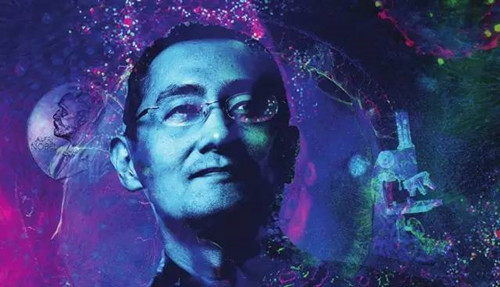On March 28th, Japan carried out the world's first allogeneic iPS cell transplant operation, which attracted the attention of the world. Nature news, Sina medicine, Xinhuanet and other media reported. It can be seen that people have high expectations for iPS cells. Xiaobian is very curious, where is the iPS cell, what is it, and what kind of "magic". This article attempts to outline the ins and outs of iPS cells, the level is limited, inappropriate, please advise. In 2006, in an office in Kyoto University, Japan, “We got a cell population!†Kazutoshi Takahashi, a postdoctoral fellow, continued to sing. Her mentor, Shinya Yamanaka, was still full of surprise at first, but quickly jumped up from the table and flew to the tissue culture room. Under the microscope, he saw tiny clusters of cells. This is the culmination of their work in the past five years. At first he was not convinced that he could achieve this result. Two weeks ago, Takahashi collected adult mouse skin cells and then introduced 24 carefully selected genes into these skin cells using a viral vector. At this point, these cells have undergone a transformation, and their morphology and function are like embryonic stem cells (ES). They have the ability to differentiate into skin, nerves, muscles and various other special cells. Yamanaka stares at the cells full of "magic" in front of him, and his thoughts are endless. "At the time, I was wondering if we made some mistakes," recalls Yamanaka. He asked Takahashi to repeat the experiment over and over again, but each time he got the same result. Figure 1 Shinya Yamanaka received the 2012 Nobel Prize in Physiology or Medicine for his contribution to iPS cell technology. Two months later, Takahashi reduced the induction gene to four. In June 2006, at the annual International Conference on Stem Cell Research in Toronto, Canada, Yamanaka announced the results and was full of room. At first, he called this kind of cells embryo-like cells (ES-like cells), but later he was more inclined to induce the term pluripotent stem cells (iPS). “Many people present are not convinced of his conclusions,†said Rudolf Jaenisch, who is from the Massachusetts Institute of Technology in Cambridge. But Jaenisch understood and believed in Takahashi's work. "I think that's a very 'magical' thing." iPS cells bring good news to regenerative medicine. Researchers can collect cells from the skin, blood, or other parts of the patient and "reprogram" them into iPS cells. iPS cells can differentiate into hepatocytes, nerve cells, and any other cell type that can be used to treat disease. This personalized treatment avoids immune rejection and avoids the ethical problems caused by embryonic cell therapy. Today, more than 10 years have passed, and the goals of the year have shifted slightly. Part of the reason is that researchers are underestimating the difficulties faced by iPS cell therapy. If there is no clinical trial conducted in 2017, the researchers only conducted a clinical trial in 2015, and due to some unexpected circumstances, the trial was terminated only after completing one case. However, iPS cells have emerged in other fields. iPS cells have become powerful tools in the construction and research of human disease models and drug screening. With the improvement of cell culture technology, especially gene editing technology, iPS cells have become the protagonist of biochemical laboratory, which can be easily Provide some tissue cells that were difficult to obtain in the past. "iPS cells are significant in human development and neurological disease research," said Guo-li Ming, a neuroscientist from Johns Hopkins University in Baltimore, Maryland. He has been using iPS cells since 2006. . Dehydrated Garlic Powder,Dried Minced Garlic,Dry Garlic Powder,Dehydrated Garlic shandong changrong international trade co.,ltd. , https://www.changronggarliccn.com